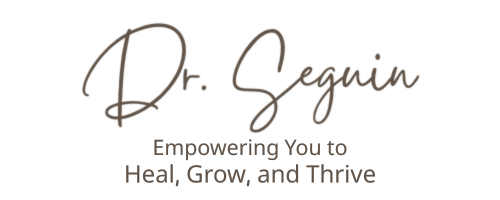When worry takes over, sometimes imagination is the best medicine.
If you live with generalized anxiety, you may feel like your brain is constantly preparing for disaster—even when everything seems fine on the surface. It’s as if your inner narrator is reading a suspense novel… and you’re the main character in danger.
Worry becomes a reflex. Your body stays on alert. And the what-ifs never seem to stop. But here’s the hopeful truth: anxiety doesn’t have to run the show. With the right tools—and a bit of creativity—therapy can help you quiet the inner noise and reconnect with a sense of safety, flexibility, and even humor.
What Is Generalized Anxiety?
Generalized Anxiety Disorder (GAD) involves excessive, persistent worry about a wide range of topics—health, relationships, work, the future. People with GAD often:
Find it difficult to control their worrying.
Feel restless, tense, or keyed up.
Have trouble concentrating or sleeping.
Experience physical symptoms like headaches, stomach issues, or muscle tension.
It’s not just “overthinking.” It’s a nervous system stuck in a loop of hypervigilance, often rooted in early life experiences where uncertainty or stress felt dangerous.
Why Traditional Talk Therapy Isn't Always Enough
Talking about anxiety is helpful—but generalized anxiety often lives in the body and imagination just as much as the mind. When you’re anxious, your brain creates vivid worst-case scenarios. You visualize rejection, failure, illness, danger. So why not fight fire with fire?
That’s where creative therapy tools come in. Instead of only challenging anxious thoughts with logic, we use imagery, metaphor, and even humor to meet anxiety where it lives—and invite it to loosen its grip.
Creative Tools for Easing Anxiety in Therapy
1. Visualization: Rewiring the Mental Movie
Anxiety shows up as a powerful visual storyteller—so we use that same strength for healing.
In therapy, we might:
Imagine your anxiety as a character: a cartoon squirrel with a clipboard and too much coffee, perhaps.
Visualize a “safe place” where your nervous system can rest—like a forest cabin, a cozy hammock, or even a bubble on the moon.
Rehearse feared situations in slow motion with calm music in the background, turning down the intensity in your nervous system.
2. Creative Metaphors: Making the Invisible Visible
Anxiety can feel abstract and overwhelming. Metaphors help make it tangible—and less intimidating.
3. Humor: Lightening the Load Without Minimizing
Therapy doesn’t have to be serious to be effective. In fact, humor can regulate the nervous system, foster connection, and remind us that even the hardest feelings are human.
Laughing at anxiety isn’t about denial—it’s about reclaiming power.
Clients often feel relief when they can say, “Oh, there goes my brain again—writing horror fiction without asking me first!”
Why This Works: A Brain-Based Perspective
Creative tools engage the right hemisphere of the brain—where imagery, metaphor, and emotion live. When combined with nervous system regulation techniques (like grounding or breathwork), they help shift the brain out of fight-or-flight and into a more flexible, adaptive state.
This isn't "woo-woo." It is neuroscience in action.
Final Thoughts
Anxiety is loud, persistent, and often exhausting. But it’s not permanent. And it’s not who you are. With the right support, you can learn to meet anxiety with compassion, creativity, and a little humor. You can create new mental scripts. You can visualize safety. You can rewrite the story.
If you’re tired of overthinking and ready for real tools that meet you where you are—reach out. Therapy can be practical and playful. And healing doesn’t have to be heavy to be powerful.
